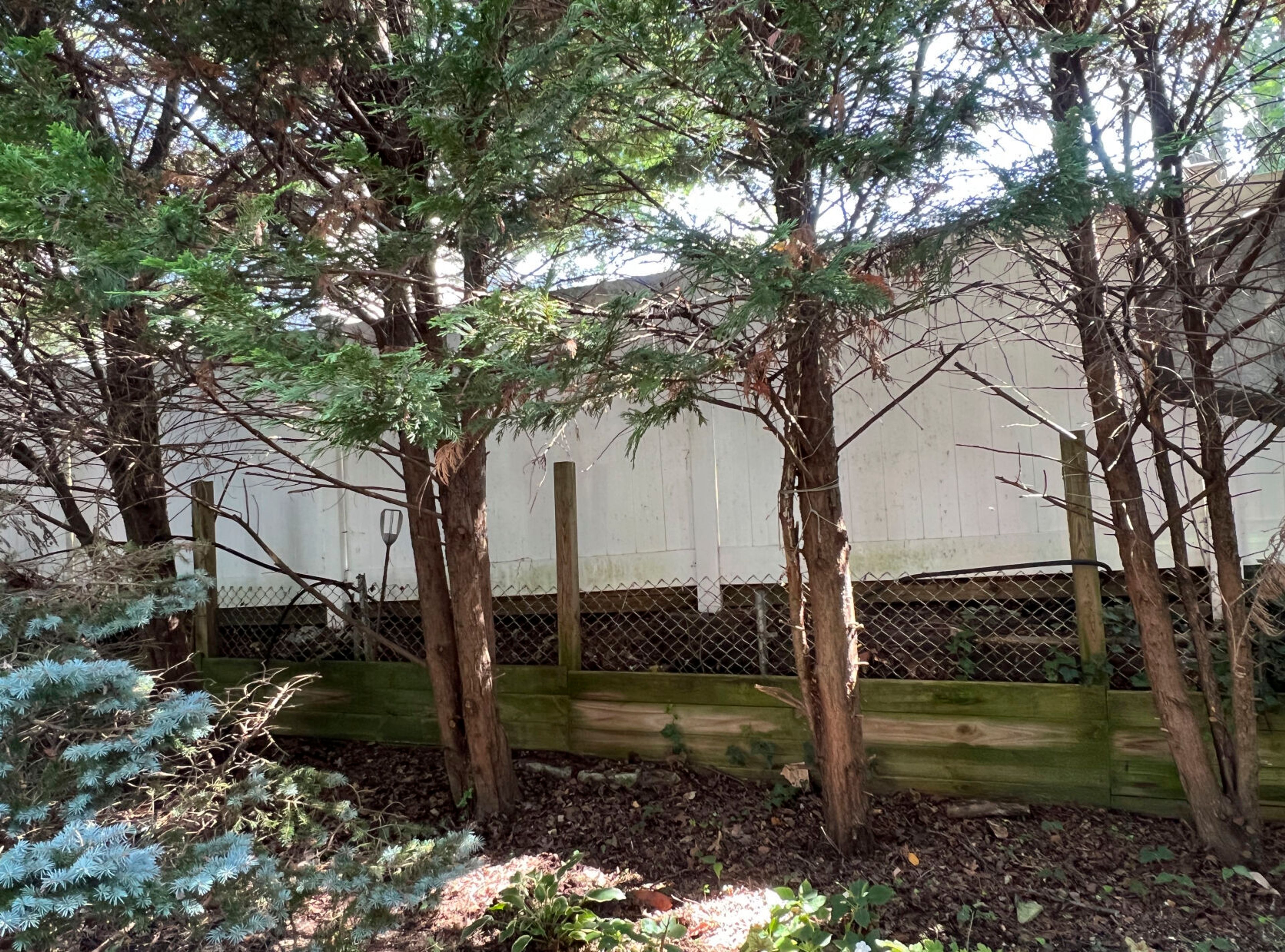Local farmers endure rollercoaster 2021
Between drought, sizzling heat and rising costs, industry faced major challenges; but there’s hope, including the possible emergence of a hemp industry
As 2021 draws to a close, area growers are looking back at one of the most challenging farming years in decades.
Persistent drought and high temperatures scorched crops, resulting in losses of 50 percent or more. Grain prices climbed to encouraging highs — but the cost of fuel and fertilizer also spiked, more than doubling in some cases.
Shortages of products, transportation costs, labor conflicts at the ports and international competition all put a strain on the market.
Meanwhile, Idaho farmers were greeted by official approval to begin cultivating hemp, a crop that caused several legislators to balk because of its association with marijuana.
And Washington farmers, who have been growing hemp for a couple of years, began documenting that crop’s results for the first time in a federal government agricultural survey that will be released early next year.
Here is a look at these issues one-by-one:
Drought and heat
Hot, windy, dry weather and wildfires this summer resulted in the most dismal harvest seen in more than 40 years.
Dick Wittman, whose family farms near Culdesac, Lapwai and Winchester, estimated that across the entire region, wheat yields were down a half to a third of their normal production. Test weights plummeted, resulting in higher protein that makes the grain less desirable for Asian buyers who value Pacific Northwest-grown wheat for use in noodles and pastries.
“There was nothing spared,” Wittman said in August. “When you have two solid months of 100-degree weather and no rain after April, it was predestined.”
Joseph Anderson, of Genesee, who represents District 2 on the Idaho Wheat Commission, compared this year’s results to what was produced in 1977, when he was fresh out of college.
“Yields were in the 20s and 30s (bushels to the acre) on most fields around Genesee,” Anderson said. “And this year it’s 40s, 50s and 60s. So while it was bad, it was not as bad as 1977.”
One of the saving graces, he added, is that most farmers now carry crop insurance that gives them some protection against crop losses. While crop insurance was available in the 1970s, the program was not as well developed and did not provide the safety net afforded by current agricultural programs.
“On top of that,” Anderson added, “at the end of the growing year, I was pleasantly surprised that we could grow some crop with no rain. There was no rain from Easter to harvest, and this area does best when we have June rains. I was pretty well amazed we harvested as (much) as we did.”
Despite recent rains, according to the U.S. Drought Monitor, as of Nov. 4, southeastern Washington and north central Idaho remain in the severe-to-extreme drought range. The report is updated monthly.
Input costs and shortages
The costs of fuel, fertilizer and other crop products have shot up to dizzying heights in the past several months.
“It’s astronomical,” said Ken Blakeman, manager of CHS Primeland in Lewiston.
“What we experienced late in this fall season were really high prices but also shortages of fertilizers. We did not have it. We couldn’t get it. And most of our competitors were in the same boat.”
Blakeman said he worries that, come spring, the continued dearth of products will become a dire situation when farmers are looking for crop nutrients and they won’t be available.
The reasons for the shortages include tariffs, plant shutdowns and problems getting enough natural gas to produce anhydrous ammonia, which is used to make nitrogen fertilizer.
“We sell a broad range of fertilizers and, really, at the end of this season, we didn’t have a drop of anything,” Blakeman said. “So it’s spooky.”
And because corn is king in the agricultural world, Midwest farmers who grow the bulk of the country’s corn — most of which goes to animal feed and ethanol — will get first dibs on whatever fuel and fertilizer is available next year, he said.
Anderson noted that a year ago, nitrogen fertilizer cost about $600 a ton “and if you can find it, it’s at least double that right now.”
Prices for soft white wheat, which was listed at $8.25 per bushel Friday, will help offset those higher fuel and fertilizer costs, Anderson said.
“But (the costs) will add $100 an acre — at least — to production costs” this spring.
Supply and demand
According to U.S. Wheat Associates, the nation’s exports to date in 2021, combined with projections through 2022, are estimated at 13 million metric tons, down 22 percent from last year. The U.S. Department of Agriculture estimates total wheat exports in 2021, along with projections through 2022, to equal 23.8 million metric tons, down 12 percent from a year ago.
As of last week the USDA reported that 87 percent of the nation’s farmers have completed their winter wheat seeding for the coming spring. About 67 percent of the crop has emerged in fair to good condition, indicating that it has enough soil moisture to germinate.
The National Agricultural Statistics Service reported last week that because of the fall rains and temperatures above normal for early November, Idaho topsoil, subsoil moisture levels and pasture and range conditions have continued to improve. Some parts of northern Idaho have received more than 2 inches of rain in November so far.
Rain also has benefited Washington’s diverse agricultural palette and winter wheat has emerged in most areas, including Whitman County, where soil moisture was much needed.
Hemp
After years of negotiations, Idaho House Bill 126, the Industrial Hemp Research and Development Act, was signed into law in April. Under the new statute, the Idaho State Department of Agriculture was directed to develop a state hemp plan consistent with the 2018 Farm Bill. The new law also set timelines for a hemp program.
That plan was approved by the USDA on Nov. 1 and the department began accepting applications for licensing last week.
In February, the USDA approved the Nez Perce Tribe’s Hemp Regulatory Code that provides a framework for the safe and legal production of industrial hemp on the Nez Perce Reservation.
Idaho is the last state in the nation to approve the agricultural production of hemp, a plant that comes from the same family of plants as marijuana. Hemp, however, contains less than 0.3 percent THC, which is the psychoactive component of marijuana that makes people high.
Washington growers have been cultivating hemp for about two years. In October, the National Agricultural Statistics Service began collecting data for the first time from growers about production of the crop. The results of that survey are expected to be made available by February.
The production of hemp, in theory, could open a new market for area growers wishing to diversify their crops and find an additional source of income.
But practically, it’s unlikely farmers in this area will choose to grow hemp — at least in the near future.
David R. Gang, assistant director of the Washington State University College of Agricultural Research, said dryland farming areas aren’t well-suited to most hemp production, other than the variety grown for fiber.
“Essential oil (expressed from the hemp seed) really requires irrigation,” Gang said. “It’s unlikely that it will be utilized in northern Idaho.”
Currently, Gang is involved in growing hemp field trials at the WSU agricultural research station in Prosser, Wash., to see which varieties adapt best to local conditions.
Because hemp production in this area is relatively new, there are still many unknowns about how it could be profitably grown.
As far as how many acres it would take to produce a commercial crop, “there’s no answer right now as to typical acres,” Gang said. “People are trying it at different scales, but there’s no real good supply chain for processing and getting it out. People can get seed and grow hemp and then you can get hemp fiber. But they’re not connected. (The infrastructure) is not developed.”
Gang said that WSU, along with Oregon State University and the University of California at Davis, have partnered in hemp production research and recently received a $10 million grant to look at what is required to set up a hemp-based economy in the western U.S.
The research will consider infrastructure, supply chain, what varieties grow best in different locations, economic analysis and cooperation with Native American tribes that have shown interest in developing a hemp industry.
“Some people have hyped it up that (hemp) does everything but solve all the world’s problems,” Gang said.
“It’s got great potential, but it’s not the cure for everything. But it can have a positive impact and help people and there’s been a lot of interest in growing it nationally as part of the agricultural cycle.”
Hedberg may be contacted at kathyhedberg@gmail.com or (208) 983-2326.









